By: Kasco Staff | Originally Posted: Feb. 10, 2016 | Updated: March 31, 2022
____________________________________________________________________________________________
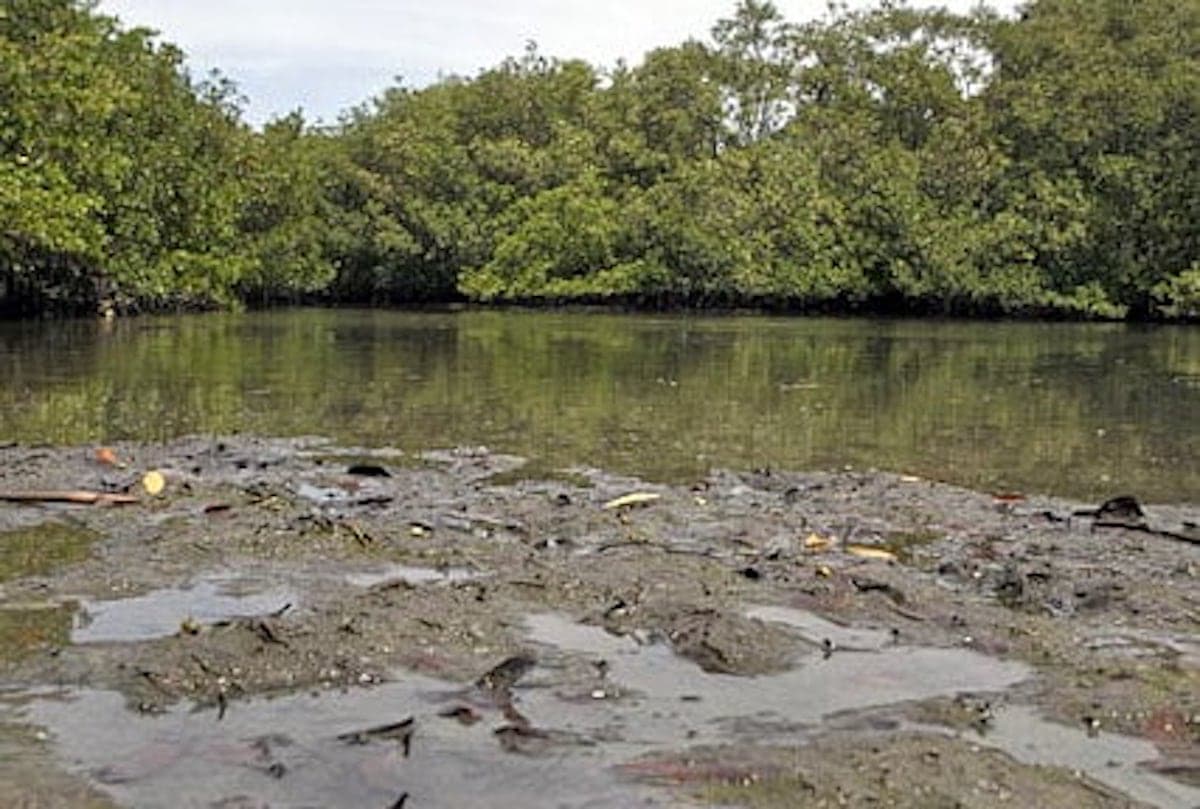
When aquatic plants and algae are treated or die off naturally, they provide large amounts of nutrients to the pond ecosystem, along with the multitude of other ways nutrients can enter a pond. The muck in the bottom of the pond is the result of years of buildup of decomposing organic matter and nutrient influx. The decomposition process takes place in one of two ways or sometimes a mixture of both. These are anaerobic and aerobic decomposition.
Decomposition Without Oxygen
Anaerobic decomposition is the process of breaking down organic matter with a lack of oxygen. Decomposition of any sort is a rather slow process, but without oxygen it is even slower. The process is also less complete and has byproducts that are often undesirable, such as sulfur and methane compounds. This is what gives your pond that rotten egg smell. This is a nuisance to you and can also be a problem for your fish and other aquatic life.

Much of the “natural” decomposition in a pond will take place anaerobically. Natural sources of oxygen are often not enough to keep up with the oxygen demand for the decomposition of large amounts of organic material.
Decomposition With Oxygen
Aerobic decomposition is much quicker than anaerobic decomposition. It is also a more complete process, and its main byproduct is carbon dioxide. It will not give off the foul odor that sulfur and methane do. The only way to have aerobic decomposition is to have sufficient oxygen for the bacteria and microorganisms during the process. This is where aeration can improve your nutrient processing.
The Benefits of Aeration
An aeration device will add oxygen to the pond and mix the water. Over time, this will speed up the decomposition process within your pond and help eliminate the rotten egg smell, other foul odors, and the muck on the pond bottom. In addition, the agitation of the water will help vent off some of the carbon dioxide and harmful gases that have built up. There will also be less gases available for plant growth.

Some nutrient compounds are able to be vented as well when exposed to the air. The process of removing the nutrients by converting organic matter or pond muck into carbon dioxide and venting those gases off is known as bioaugmentation. Bioaugmentation is a long process, but with time, helps to eliminate some of the buildup of nutrients in your pond.
Adding supplemental beneficial bacteria with the aeration can speed up the process even more. It does so by boosting the natural populations of bacteria in the pond, getting more work done faster.
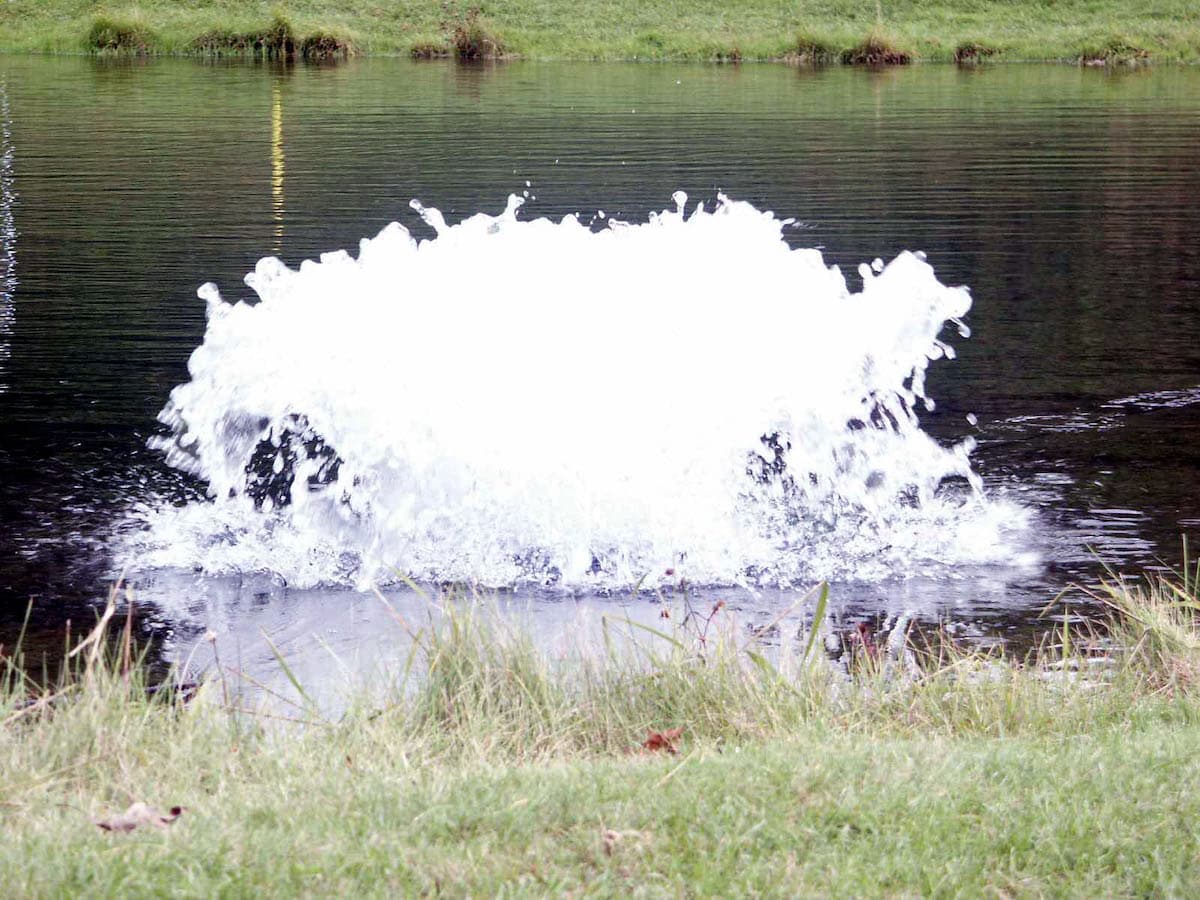
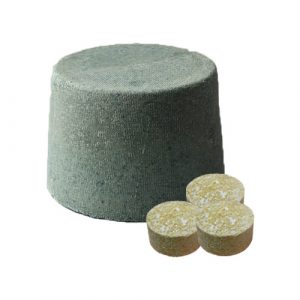
Our Advice
To renew and rejuvenate your pond, we recommend:
- Pairing a Kasco aeration device with Pond Probiotics
- Diverting runoff
- Planting desired vegetation that can use some extra nutrients
- Cutting/raking aquatic weeds out of the pond
Doing the above recommendations will slow, stop, and reverse the nutrient buildup your pond is currently going through. Additionally, it will create a cleaner, healthier pond over time.
If you have any questions, or want more information please contact us.

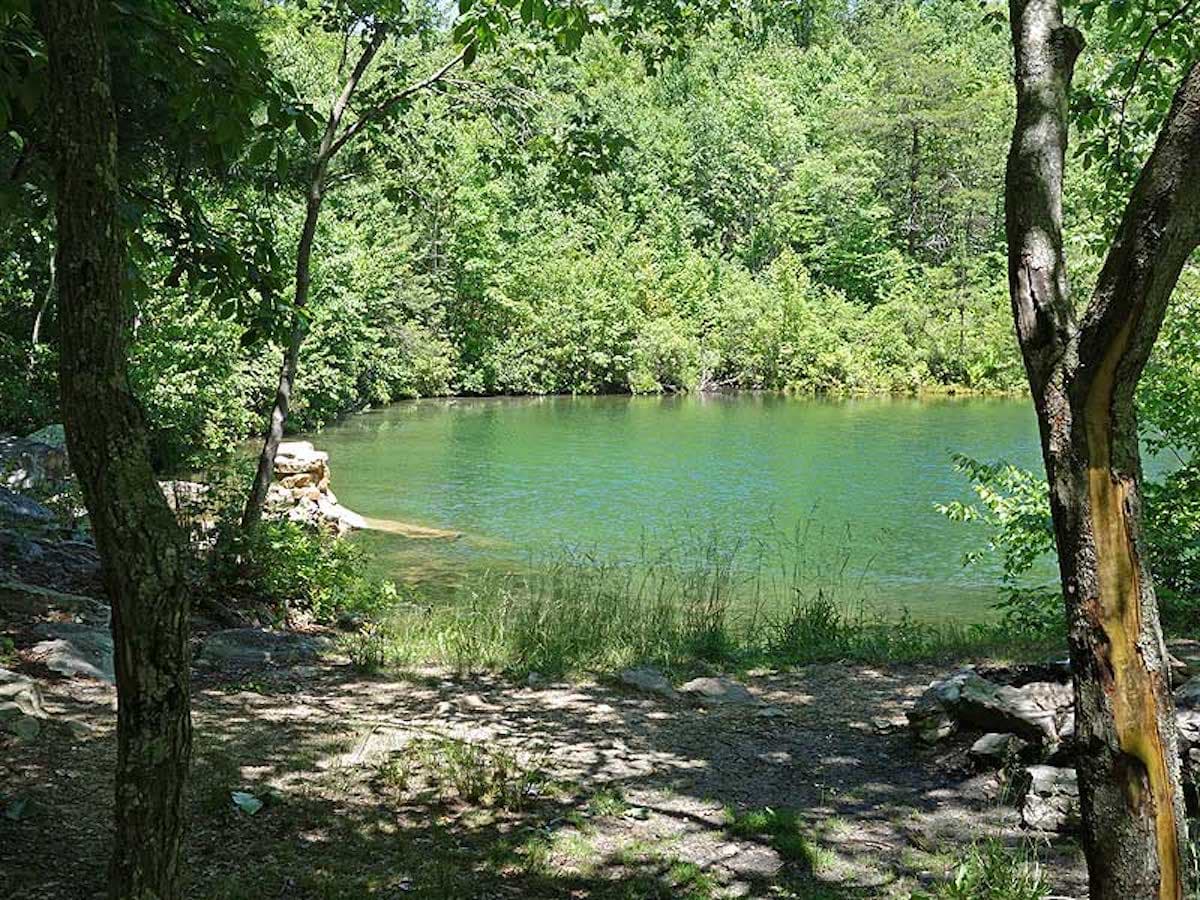 Ways to Eliminate Excessive Nutrients
Ways to Eliminate Excessive Nutrients
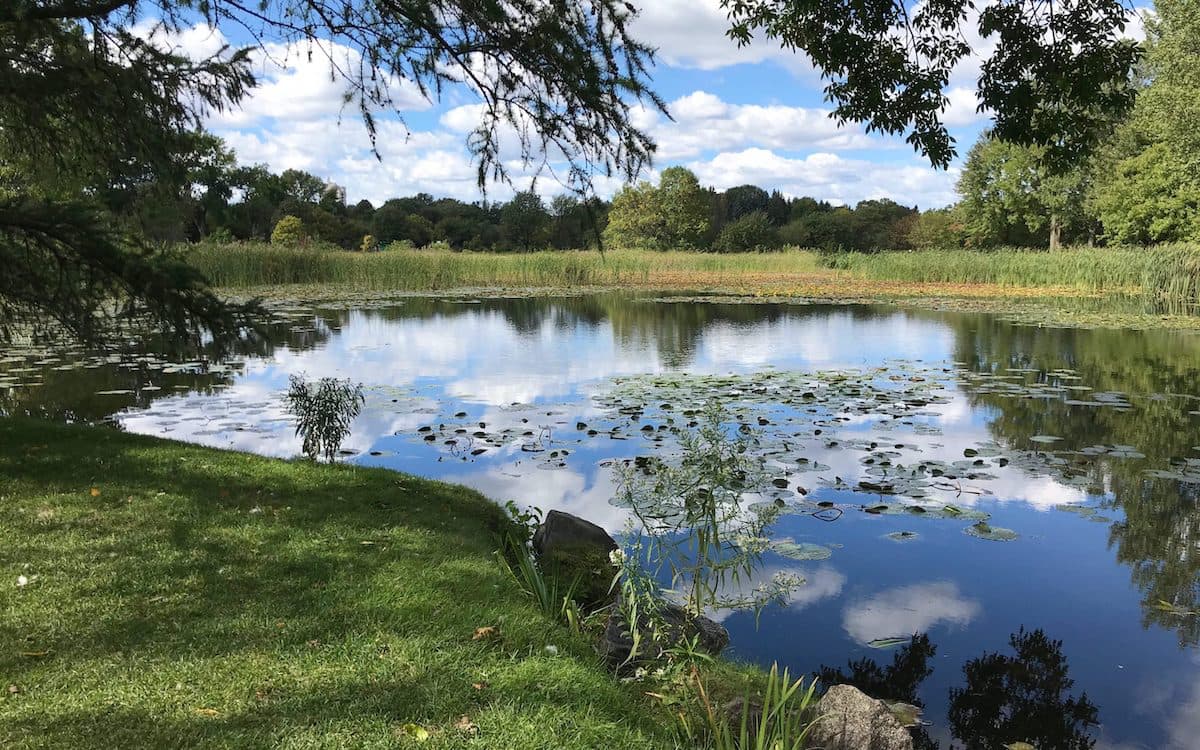 Common Sources of Nutrients
Common Sources of Nutrients
 Excessive Nutrients are #1 Pond Problem
Excessive Nutrients are #1 Pond Problem